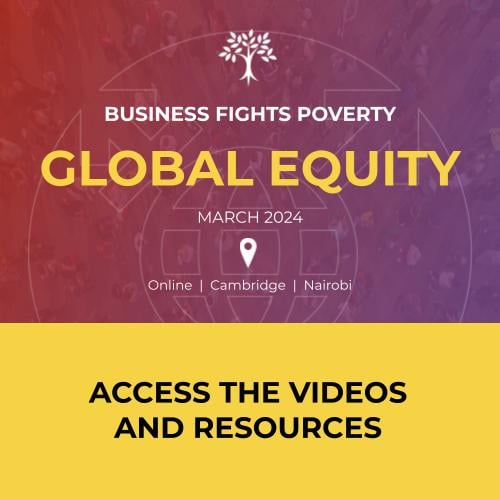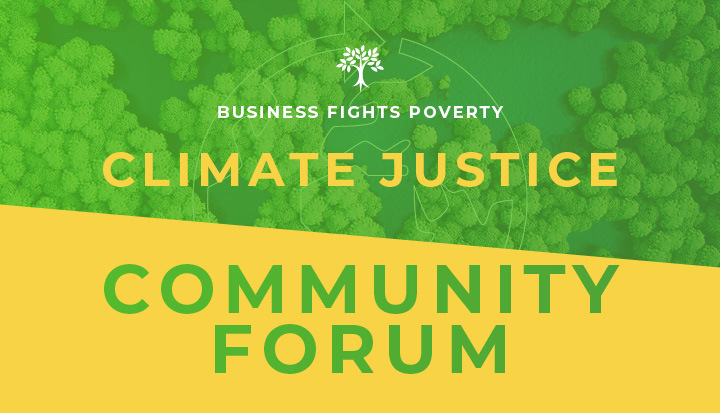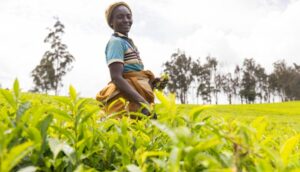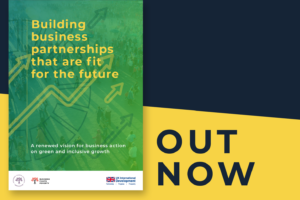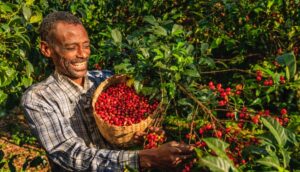As we join fellow chief executives and global leaders at the World Economic Forum Annual Meeting 2014 in Davos-Klosters, one of the top issues on our minds is global food security. Ensuring that we have enough to feed our current and future populations, and providing sustainable livelihoods to farmers and rural communities, are pressing challenges.
Starting in 2009, following a seismic shock to the global food system, we and other leaders joined together to address those challenges through an initiative called the New Vision for Agriculture. The initiative brings stakeholders together to develop an agricultural system that will ensure food security, environmental sustainability and economic opportunity. To date, it has generated nearly $6 billion in private-sector investment commitments that will involve nearly 10 million farmers. It has engaged over 250 organizations around the world and worked with the G8 and G20.
But it’s still not enough. We’re only scratching the surface of perhaps humankind’s greatest challenge – feeding a world population set to increase to over 9 billion by 2050. To put this in perspective: by the time you finish reading this blog, there will be up to 1,000 new mouths to feed.
Producing more food requires natural resources, including land, water and energy. But we are already using the planet’s resources at an unsustainable rate.
It’s not all doom and gloom. Agriculture is constantly evolving and progressing. For example, productivity improvements of the past 50 years have prevented an expansion into 1 billion hectares of additional land – an area the size of China. This helps protect ecosystems and maximize land availability for other needs.
But the extent of today’s challenge is unprecedented in human history: to produce more food in the next 50 years than in the past 10,000.
Food security is also complex – it’s not simply about feeding over 800 million people who go to bed hungry each night. As affluence increases, consumers demand greater variety, quality and quantity of food. Many parts of the world are switching from crop to meat-based diets that are far more resource-intensive. For example, growing food for one person takes about 2,000 litres of water a day.
Many people assume that our food supplies are secure and inexhaustible. In reality they’re far more fragile. Consider this: 2013 global grain stocks of around 520 million tons would fill roughly 500 soccer stadiums. This seems a huge amount – but it’s actually only enough to meet our needs for 80 days.
There is also an active debate on who’s actually responsible for ensuring the world has enough food. Is it governments or farmers, aid organizations, NGOs or the food and agriculture companies like Syngenta and Walmart? Surely it’s all the above.
The reality that we’re all in this together is central to the New Vision for Agriculture. It calls for a coordinated effort by all stakeholders to transform the food system and meet global needs.
To help diverse organizations work together more effectively at national and regional levels, the New Vision for Agriculture has catalysed and supported a number of major partnerships. These include Grow Africa, which is mobilizing investments and partnerships in agriculture to support the national goals of nine African countries. This highlights the potential of the African continent to not only feed itself and empower its rural communities but to contribute in the future to sustainable global food security. In India, a public-private partnership in Maharashtra state has committed to reach one million farmers. In Mexico, the private sector is aligning efforts to complement the national vision for rural transformation. Bringing together different stakeholders through these partnerships benefits everyone – they can accelerate efforts and catalyse greater investment.
In the coming year we plan to expand the reach of these partnerships to engage additional countries. Together with leaders in the ASEAN region we will create a “Grow Asia” platform, building on existing momentum and partnership in Vietnam, Indonesia and Myanmar. We will explore how to support additional countries in catalysing partnership initiatives.
However a country-by-country effort won’t be fast enough – so this year in Davos, we are challenging global companies and organizations to integrate the goals of the New Vision into their global operating and business models. Syngenta recently launched the Good Growth Plan, which contains measurable commitments to help farmers grow more food with less waste, create more biodiversity with less degradation, and sustain more health with less poverty. Walmart continues to deliver on the Sustainable Agriculture commitments it made three years ago, including providing training to smallholder farmers – men and women – and increasing sourcing from them. Other New Vision partners are following equally ambitious sustainability programmes.
As the New Vision for Agriculture initiative intensifies its focus on catalysing action, we must show that the model can create true transformation. The next phase is to realize this at scale by further increasing investment; creating and sharing agriculture technology breakthroughs; providing better access to finance, infrastructure and IT; as well as prioritizing nutrition and gender in agricultural development. Realizing this ambitious agenda will require continued and intensified leadership and stakeholder commitment.
There is still much work to do.
Michael Mack is Chief Executive Officer of Syngenta International. Doug McMillon is the incoming president and chief executive officer of Wal-Mart Stores. Their two companies co-chair the project board of the World Economic Forum’s New Vision for Agriculture initiative.
This blog was previously published on the World Economic Forum Blog and is reproduced with permission

